
Copernical Team
Australian astronaut candidate to receive basic training with ESA

Layering history shows how water and carbon dioxide have moved across Mars
 Mars' south polar layered deposits of H2O and CO2 ice record its climate history. A new study links the long-term global movement of Mars' water from midlatitude to pole to a function of the planet's orbital configuration with H2O ice deposition decreasing as a factor of obliquity, or spin-axis tilt.
"No deposit yet analyzed provides a global water cycle record that can be tied to a specif
Mars' south polar layered deposits of H2O and CO2 ice record its climate history. A new study links the long-term global movement of Mars' water from midlatitude to pole to a function of the planet's orbital configuration with H2O ice deposition decreasing as a factor of obliquity, or spin-axis tilt.
"No deposit yet analyzed provides a global water cycle record that can be tied to a specif Rocket Lab announces launch window for second Electron Mission from Virginia
 Rocket Lab USA, Inc (Nasdaq: RKLB) has scheduled its next Electron launch from Virginia during a launch window that opens March 11, 2023 Eastern. The "Stronger Together" mission is scheduled to launch from Rocket Lab Launch Complex 2 (LC-2) on Wallops Island, Virginia for American space tech company Capella Space, a leading provider of commercial Synthetic Aperture Radar (SAR) imagery.
The
Rocket Lab USA, Inc (Nasdaq: RKLB) has scheduled its next Electron launch from Virginia during a launch window that opens March 11, 2023 Eastern. The "Stronger Together" mission is scheduled to launch from Rocket Lab Launch Complex 2 (LC-2) on Wallops Island, Virginia for American space tech company Capella Space, a leading provider of commercial Synthetic Aperture Radar (SAR) imagery.
The Heart tissue heads to space to aid research on aging and impact of long spaceflights
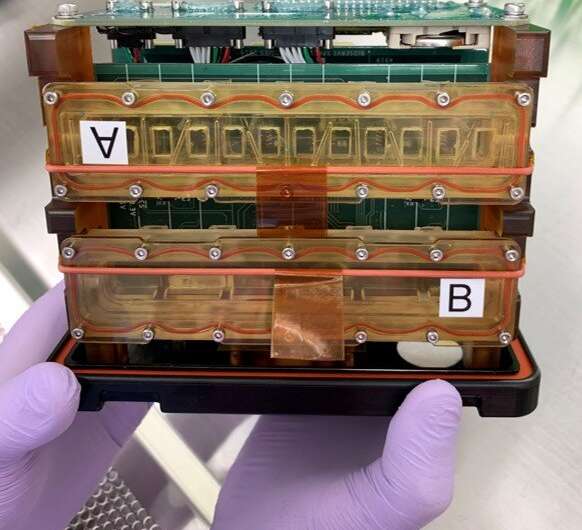
Johns Hopkins Medicine researchers are collaborating with NASA to send human heart "tissue-on-a-chip" specimens into space as early as March. The project is designed to monitor the tissue for changes in heart muscle cells' mitochondria (their power supply) and ability to contract in low-gravity conditions.
The tissue samples will be launched into space aboard SpaceX CRS-27, a resupply mission to the International Space Station, slated for liftoff no earlier than Tuesday, March 14, at NASA's Kennedy Space Center in Florida.
Astronauts on board during the mission will also introduce three FDA-approved medicines to the samples in efforts to prevent heart cell changes known or suspected to occur in those undertaking long-duration spaceflights.
Latest astronaut from UAE getting used to space
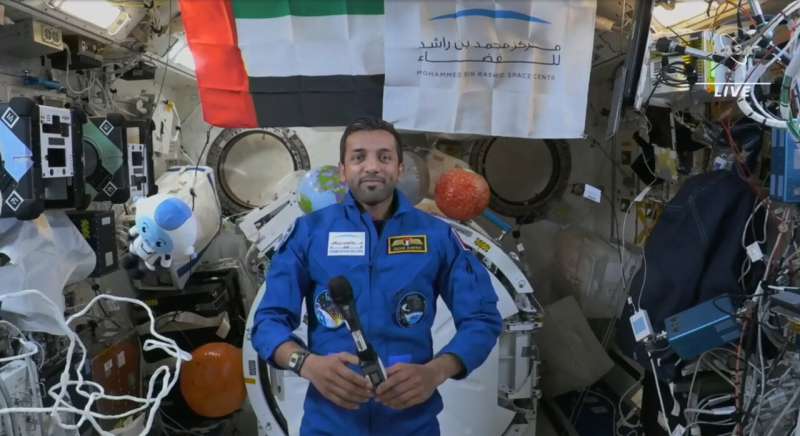
The second astronaut from the United Arab Emirates is still adjusting to life off the planet, after rocketing to the International Space Station last week.
NASA's Artemis 2 mission around Moon set for November 2024
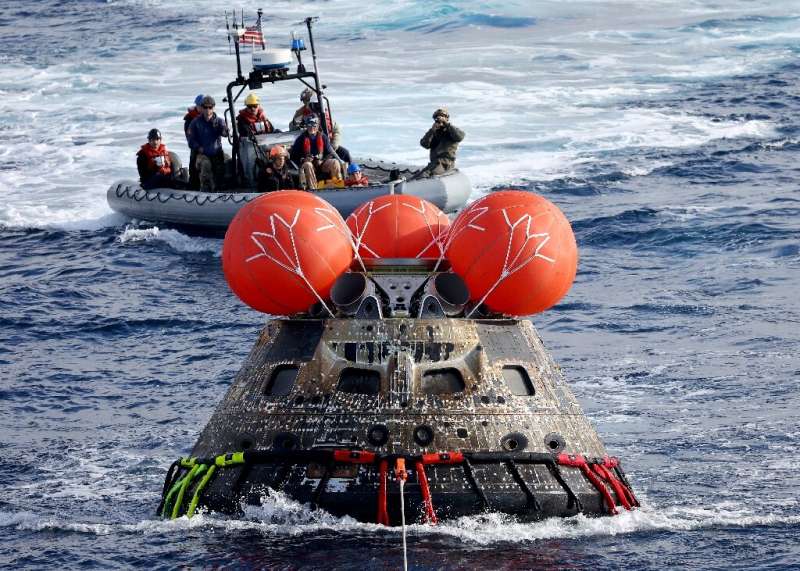
NASA is on track to launch a crewed mission around the Moon in November of next year after a successful unmanned test flight, the US space agency said Tuesday.
NASA officials provided an update on the Artemis program, which aims to return humans to the Moon for the first time since the historic Apollo missions ended in 1972.
The first Artemis mission wrapped up in December with an uncrewed Orion capsule returning safely to Earth after a more than 25-day journey around the Moon.
Artemis 2, scheduled to take place in late November 2024, will take a four-person crew around the Moon but without landing on it.
"We're looking forward to that crew flying on Artemis 2," NASA associate administrator Jim Free told reporters. "Right now there's nothing holding us up based on what we learned on Artemis 1."
NASA is to reveal the members of the Artemis 2 crew later this year. All that is known so far is that one of them will be a Canadian.
How does the immune system react to altered gravity?
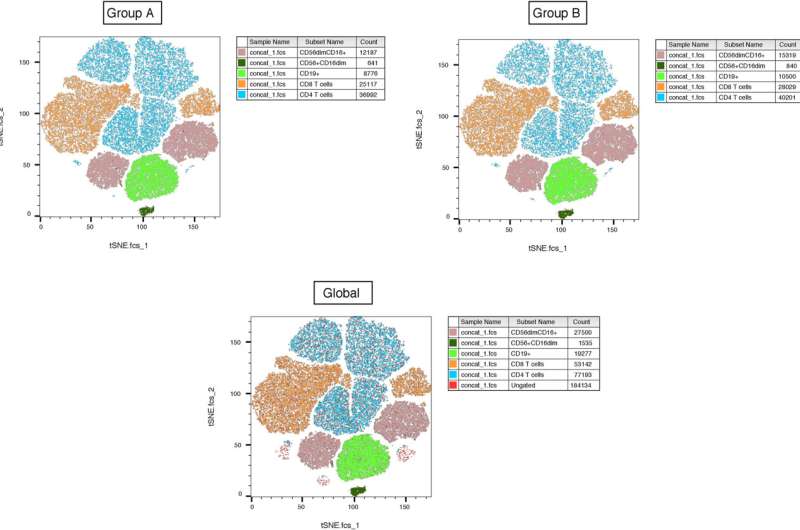
Space travel has always tested the human body by the effects of the new conditions of altered gravity on biological systems. It has long been known that continuous exposure to microgravity conditions human physiology and causes effects that compromise muscular, sensory, endocrine and cardiovascular functions. But is it also risky to be exposed to altered gravity for short periods of time?
Now, a paper published in the journal Acta Astronautica examines the effects of microgravity generated by a parabolic flight on the human immune system. After a short exposure to altered gravity, there were no significant changes in the defensive capacity of blood cells in the volunteers who took part in the study.
Space Ambition now interactive!

The interactive version of the Space Ambition book is now online, featuring all the content and images included in the hardcover edition.
Japan launches H3 rocket, destroys it over 2nd-stage failure
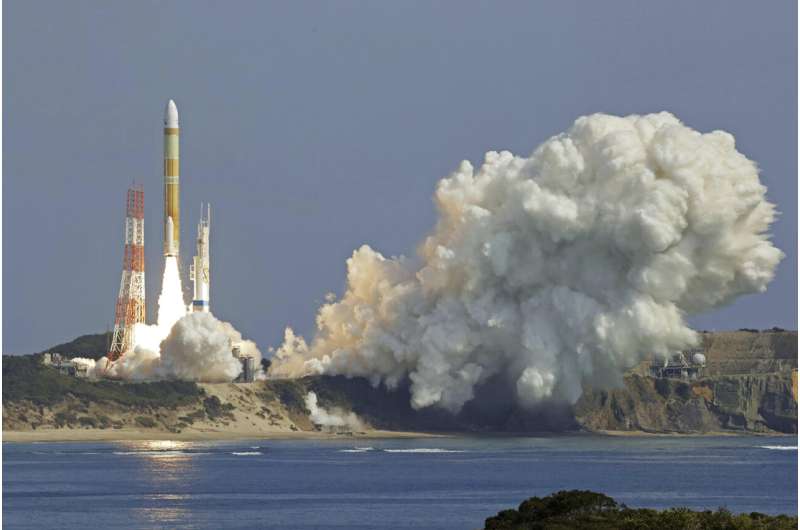
Japan's space agency intentionally destroyed a new H3 rocket minutes after its launch Tuesday because the ignition failed for the second stage of the country's first new rocket series in more than two decades.
Coming three weeks after an aborted launch due to a separate glitch, the H3's failure was a setback for Japan's space program—and possibly for its missile detection program—and a disappointment for space fans who were rooting for Tuesday's retrial.
The H3 rocket with a white head blasted off and soared into the blue sky from the Tanegashima Space Center in southern Japan as fans and local residents cheered. It followed its planned trajectory and the second stage separated as designed, but the ignition for it failed, the Japan Aerospace Exploration Agency said.
Guide morphing rovers across alien world in evolutionary computing contest
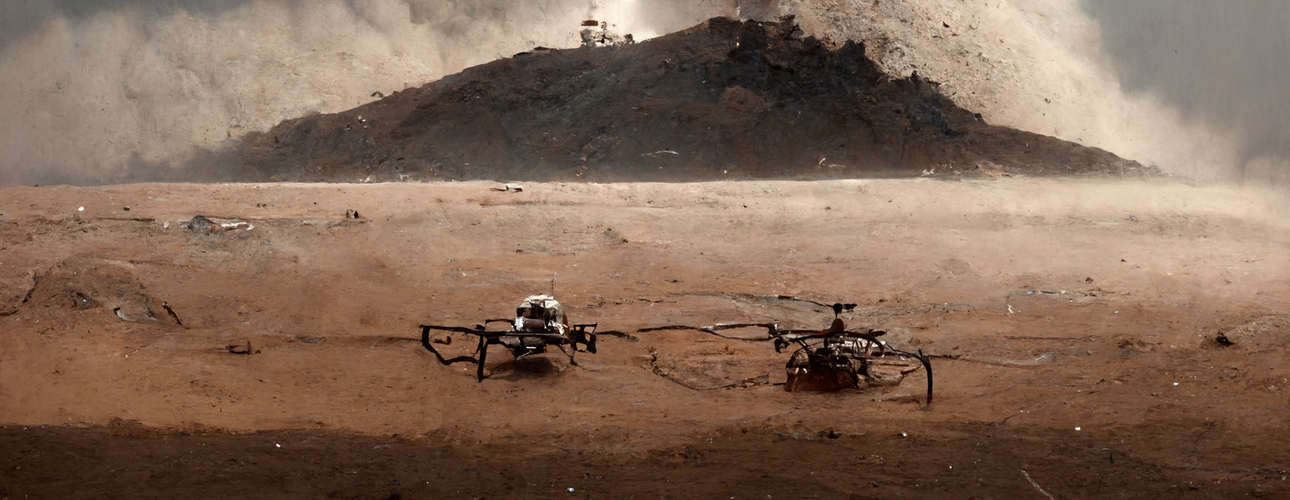
Thousands of years from now, the descendants of humankind gather via a galactic network of wormholes to begin the joint exploration of a curiously Mars-like world in deep space. A constellation of quantum communication satellites serve to oversee the progressive mapping of this terra incognita by AI rovers, which are capable of morphing their shape to traverse the most challenging terrain imaginable.

